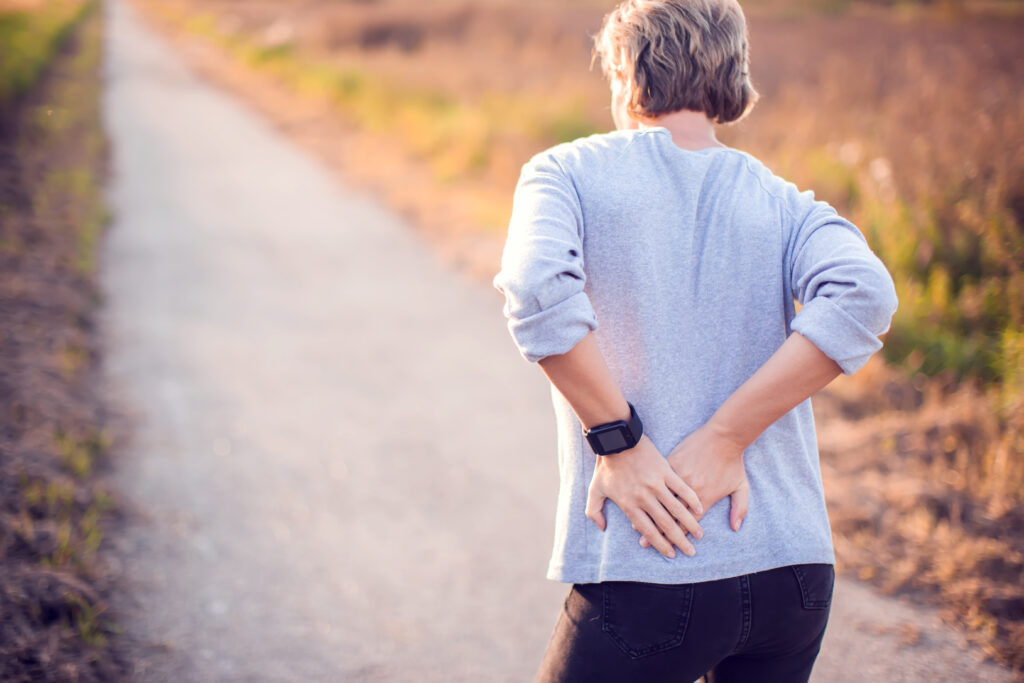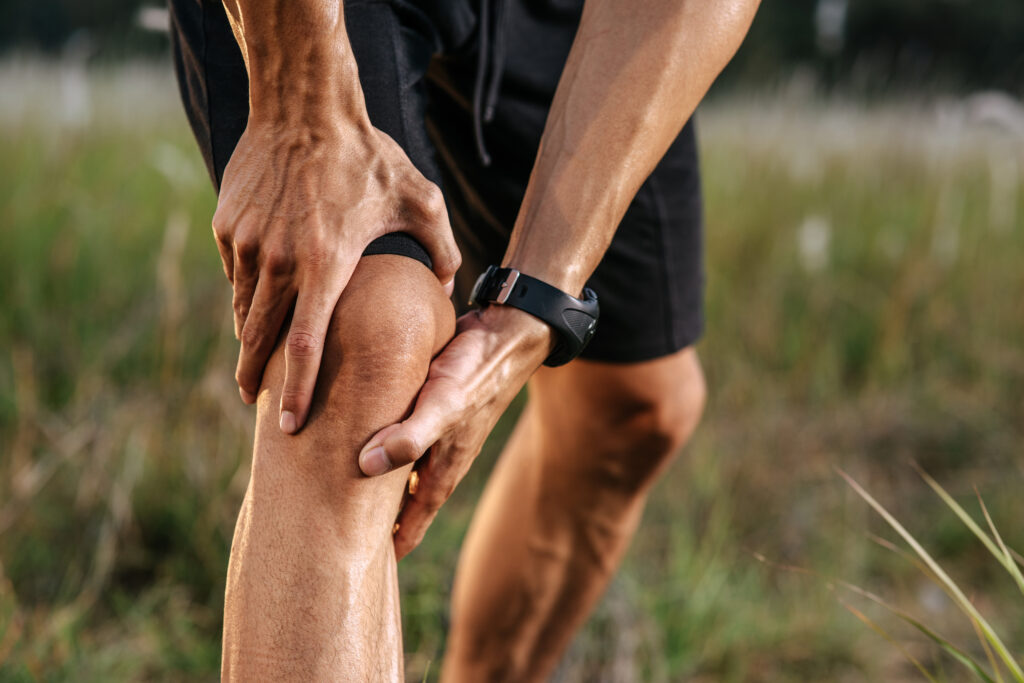When it comes to boosting senior mobility, you might be surprised at how small adjustments can lead to significant improvements. By making strategic modifications in their living spaces and routines, you can enhance safety and independence. This could involve anything from simple home changes to the introduction of assistive devices. However, the real challenge often lies in identifying the most effective strategies tailored to individual needs. What if you could open up new possibilities for seniors in your care? Exploring these adjustments could hold the key to transformative changes.
Importance of Senior Mobility
Senior mobility is essential for maintaining independence and quality of life. When you think about it, being able to move freely impacts every aspect of your daily routine. From walking to the kitchen for a snack to getting outside for fresh air, mobility directly influences your ability to engage with the world around you. As you age, maintaining this mobility becomes increasingly significant for your overall well-being.
You mightn't realize it, but staying active can greatly improve your physical health. Regular movement helps strengthen muscles and joints, reducing the risk of falls and injuries. Plus, it keeps your cardiovascular system functioning well. You don't have to run marathons; simple activities like walking or stretching can make a huge difference.
Mental health also benefits from mobility. When you're able to move around freely, you're more likely to socialize and participate in community activities. This social engagement not only combats feelings of loneliness but also boosts your mood. Think about how great it feels to join friends for a game of cards or to volunteer at a local charity.
Moreover, maintaining mobility fosters a sense of accomplishment. Each small victory—whether it's climbing stairs or taking a stroll—builds your confidence. You'll find that being active empowers you to take charge of your life, ensuring you remain in control of your daily decisions.
Home Modifications for Safety
To enhance safety at home, making thoughtful modifications can greatly reduce the risk of accidents. Start by evaluating each room for potential hazards. In the living area, clear clutter from pathways and make certain that furniture is arranged to allow easy movement. If you have rugs, secure them with non-slip pads or consider removing them altogether to prevent tripping.
In the kitchen, keep frequently used items within easy reach to avoid the need for climbing or stretching. Install grab bars near the sink and stove to provide support.
In the bathroom, non-slip mats can help prevent falls, and adding grab bars near the toilet and in the shower is essential for stability. Consider a shower chair if standing for long periods is challenging.
Lighting is another key factor. Make certain every room has bright, even lighting to reduce shadows and enhance visibility. Install night lights in hallways and bathrooms to guide your way during the night. Use motion-sensor lights outdoors to illuminate walkways and entrances.
Stair safety is vital, too. Make sure stairwells are well-lit and free of obstacles. Installing handrails on both sides of the stairs can provide added support. If possible, consider adding a stair lift for easier navigation.
Lastly, check smoke and carbon monoxide detectors regularly to verify they're functioning. With these modifications, you'll create a safer environment that encourages independence and mobility, allowing you to enjoy your home with peace of mind.
Assistive Devices Overview
Assistive devices play an essential role in enhancing mobility and independence for older adults. These tools are designed to support your daily activities, making it easier for you to move around your home and community with confidence. Understanding the various types of assistive devices available can help you choose the right ones for your needs.
Mobility aids are among the most common assistive devices. Canes, walkers, and wheelchairs provide stability and support while you navigate different environments. If you find yourself needing extra balance, a cane might be a simple yet effective solution. Walkers offer more stability, while wheelchairs can be invaluable for longer distances or if you have limited strength.
Another category includes adaptive equipment, which can help with specific tasks. Grab bars and shower chairs, for instance, can make your bathroom safer and more accessible. Reaching tools can help you grab items from high shelves without straining yourself.
Don't overlook the importance of supportive footwear. Shoes designed for comfort and stability can greatly reduce your risk of falls, enhancing your safety while moving.
Finally, remember that assistive devices aren't just about physical support; they can also boost your confidence. When you have the right tools at your disposal, you're more likely to engage in social activities and maintain your independence.
Taking the time to evaluate your needs can lead to improved mobility, making everyday tasks much more manageable.
Technology to Enhance Mobility
Today's technology offers innovative solutions that can greatly enhance mobility for older adults. You might find various gadgets and devices designed specifically to make movement easier and safer. For instance, smart walkers equipped with sensors can detect obstacles, alerting you to hazards that may not be immediately visible. These devices can also provide stability, making it easier to navigate different environments.
Mobility scooters are another great option. They're lightweight, easy to maneuver, and can markedly increase your independence. With features like adjustable seats and long-lasting batteries, you can explore your neighborhood or local parks with ease. Additionally, some models come with GPS navigation to help you find your way.
Smartphone applications can also play a pivotal role in enhancing mobility. Apps designed for tracking health metrics, setting reminders for medication, or even locating nearby services can empower you to take charge of your well-being. Furthermore, wearables like smartwatches can monitor your movements and heart rate, providing valuable insights into your physical activity levels.
In addition, home automation technology can create a safer living space. Smart lighting, voice-controlled devices, and automated door locks can help you navigate your home with greater ease. By integrating these technologies, you can reduce the risk of falls and enhance your overall quality of life.
Embracing these technological advancements can lead to increased independence, confidence, and mobility. So, why not explore these options and see how they can transform your day-to-day experiences?
Exercise and Physical Therapy
While engaging in regular exercise may seem intimidating, it's essential for maintaining mobility and strength as you age. Incorporating physical activity into your routine can greatly enhance your balance, flexibility, and overall health.
Don't worry; you don't have to run a marathon or lift heavy weights. Simple activities like walking, stretching, and light resistance training can make a big difference.
Start by setting achievable goals. Aim for at least 150 minutes of moderate aerobic activity each week, which can be broken into manageable chunks. Try brisk walking, swimming, or cycling—whatever feels comfortable for you.
Remember to listen to your body and adjust your pace as needed.
In addition to aerobic exercises, consider integrating strength training into your weekly routine. This can involve using resistance bands or light weights to build muscle, which helps support your joints and improves overall stability.
Including balance exercises, like standing on one leg or practicing tai chi, can also be beneficial in preventing falls.
Physical therapy can be an excellent resource if you're recovering from an injury or dealing with chronic pain. A trained therapist can provide personalized exercises tailored to your needs, ensuring you're working safely and effectively.
Community Resources and Support
You can enhance your mobility by tapping into local exercise programs designed for seniors.
Additionally, exploring available transportation services can help you stay active and engaged in your community.
Don't forget about support groups that provide encouragement and connection with others facing similar challenges.
Local Exercise Programs
Engaging in local exercise programs can markedly enhance senior mobility, providing both physical benefits and social connections.
When you participate in these programs, you not only strengthen your muscles and improve balance, but you also meet new friends who share similar goals. This combination of fitness and community support can motivate you to stay active and engaged.
Here are some key advantages of joining local exercise programs:
- Tailored Fitness: Many programs cater specifically to seniors, ensuring exercises are safe and effective for your age group.
- Social Engagement: Regular classes provide a chance to bond with others, helping combat feelings of loneliness.
- Professional Guidance: Instructors often offer tips and modifications, making sure you get the most out of your workouts.
Transportation Services Availability
Access to reliable transportation services is vital for seniors looking to maintain their mobility and independence. Without convenient transportation options, it can become challenging to attend appointments, run errands, or socialize with friends.
Fortunately, many communities offer various transportation services tailored to meet the needs of seniors. Public transit systems often have reduced fares and accessible vehicles designed for individuals with mobility challenges. Check with your local transit authority to see what options are available in your area.
Additionally, some communities provide specialized shuttle services or volunteer driving programs, ensuring seniors can reach destinations safely and affordably. Ride-sharing services can also be a viable option. Many apps offer transportation specifically designed for seniors, with drivers trained to assist those with mobility issues.
If you prefer a more personal touch, consider reaching out to local senior centers or nonprofit organizations that might coordinate transportation for their members. Lastly, don't forget to explore options through local government initiatives aimed at enhancing senior mobility.
Support Groups Access
Support groups play an essential role in helping seniors navigate the challenges of aging.
These groups provide a supportive environment where you can connect with others facing similar experiences. Engaging with peers who understand your journey can greatly boost your emotional and physical well-being.
When you're considering joining a support group, look for options that offer:
- Social interaction: Connect with others to reduce feelings of isolation and loneliness.
- Resource sharing: Gain valuable insights and information about mobility aids, transportation, and community services.
- Emotional support: Share your feelings and challenges in a safe space, fostering resilience and positive coping strategies.
Tips for Caregivers
As a caregiver, you play an essential role in boosting senior mobility.
Encourage regular exercise, modify living spaces for safety, and consider using assistive devices to make daily activities easier.
These practical steps can greatly enhance their independence and quality of life.
Encourage Regular Exercise
Regular exercise is essential for seniors to maintain mobility and overall health, and caregivers play a crucial role in encouraging these activities.
As a caregiver, you can make a significant impact by integrating exercise into their daily routine. Here are some tips to help you motivate them:
- Start small: Begin with short, manageable sessions. Even a 10-minute walk can be beneficial and help build their confidence.
- Choose enjoyable activities: Find out what they love. Whether it's dancing, gardening, or gentle yoga, engaging in fun activities keeps them motivated.
- Set goals together: Create achievable goals, like increasing walking distance or trying new exercises. Celebrate their progress to keep enthusiasm high.
Modify Living Spaces
Creating a safe and accessible living space is essential for enhancing mobility in seniors. Start by decluttering areas where your loved one frequently moves. Remove obstacles like loose rugs, electrical cords, and furniture that might impede their path. Consider rearranging furniture to create wider walkways, making it easier for them to navigate.
Next, guarantee adequate lighting throughout the home. Install brighter bulbs and add nightlights in hallways and bedrooms to help prevent falls during nighttime trips. You might also want to apply non-slip mats in bathrooms and kitchens to provide extra traction.
Evaluate the furniture as well. Make certain chairs and sofas are at a comfortable height, allowing seniors to sit and stand with ease. You can also add grab bars in critical areas like the bathroom and hallway to offer additional support.
Lastly, keep frequently used items within easy reach. Store dishes, clothing, and other essentials at waist level to minimize bending or stretching. By implementing these modifications, you'll create a more supportive environment that can greatly enhance your loved one's mobility and overall quality of life.
Use Assistive Devices
Using assistive devices can greatly improve your loved one's mobility and independence. These tools provide the support they need to stay active and engaged in daily activities.
As a caregiver, it's crucial to understand which devices might best suit their needs. Here are a few options to contemplate:
- Canes and walkers: These provide stability and help prevent falls, making it easier for your loved one to navigate around the house or outdoors.
- Grab bars: Installing these in bathrooms and other strategic locations can give them the extra support they need when standing or moving.
- Scooters and wheelchairs: For those with limited mobility, these devices offer a way to get around with ease, whether it's in the home or out in the community.
When choosing assistive devices, involve your loved one in the decision-making process. This will help them feel more in control and encourage their independence.
Always verify the devices are properly fitted and maintained, as this promotes safety and confidence in their use.
Conclusion
Boosting senior mobility isn't just about making changes; it's about enhancing quality of life. By implementing home modifications, using assistive devices, and encouraging regular exercise, you can help seniors regain their independence. Don't forget to explore community resources and support systems that can provide additional assistance. With your care and the right adjustments, you can make a significant difference in their mobility and overall well-being. Let's work together to create safer, more accessible environments for seniors.



